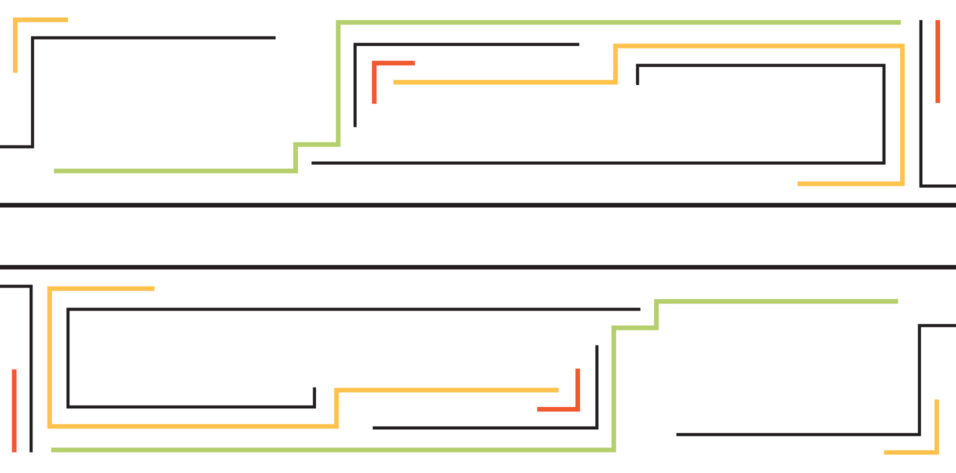
IOL exchange is traditionally characterized as a complex surgery that not all cataract surgeons are comfortable performing. In the past, this type of surgery was mainly reserved for managing refractive misses, but now that a myriad of presbyopia-correcting IOLs are available, exchanging one lens for another to address patient dissatisfaction is becoming more commonplace. Other reasons for exchange include material damage or dislocation of the IOL, the latter of which may have options for management other than IOL exchange. In my experience, I exchange IOLs most often because of late dislocation or an advanced technology lens simply didn’t suit the patient’s expectations.
We are fortunate to have so many options available to our patients, but no one IOL fits all patients’ needs. Our goal as refractive cataract surgeons should therefore be to marry the patient to the correct IOL technology—to be a matchmaker. If we do not find a match the first time, it is our responsibility to the patient to try again, whether that entails exchanging a diffractive multifocal for a nondiffractive extended depth of focus or monofocal IOL or the opposite, from a monofocal IOL to an advanced technology IOL. Fortunately, my exchange rate of advanced technology IOLs is less than 1%, likely thanks to improvements in IOL technology (ie, fewer dysphotopsias) and setting appropriate expectations.
If a patient is dissatisfied with an outcome, first rule out other causes. It is important for the patient to know you are on their team and committed to their visual happiness. Tell them, “We tried a lens that we thought was the best fit for your eyes given your goals, but it doesn’t appear to be a good match for you. Now, we’ll try a lens that works differently, and we’ll need to modify our expectations accordingly.”
One of the reasons I wanted to collaborate with CRST on this cover focus is to draw attention to the importance of IOL exchange, especially as more surgeons adopt advanced technology IOLs. Just like the necessity of offering an Nd:YAG capsulotomy after cataract surgery, the ability to perform an IOL exchange is an important part of postoperative management. In my opinion, any cataract surgeon who offers advanced technology IOLs should be adept at performing IOL exchange.
A large part of gaining confidence with performing IOL exchange surgery is knowing when to take out an IOL, what technique to use, and what tools to employ. The surgeons who contributed to this issue share a variety of expert tips that can help boost your confidence with the surgery. They share the best IOL calculations to use; discuss considerations for removal based on IOL design and material; examine IOL exchange in complex situations; and outline cost considerations to the surgeon, surgery center, and patient.
Ultimately, the most important facet of confidently adding IOL exchange to your toolkit is repetition and training. I highly recommend practicing your exchange technique of choice with pig eyes, simulators, or a model eye.




